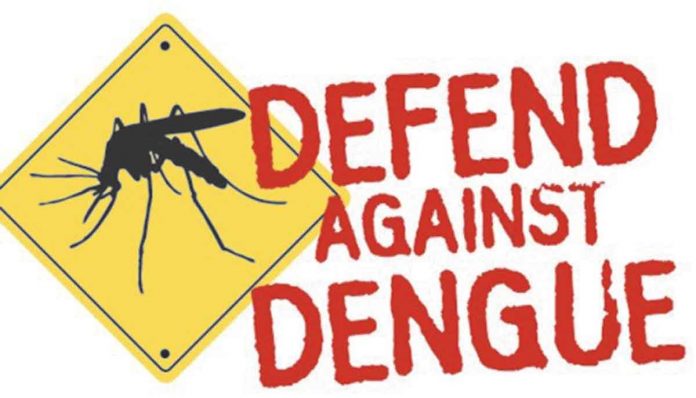
BACOLOD City – Dengue cases in this city has increased – 13.2 percent higher than the cases recorded last year from January to April.
The Epidemiological Surveillance Unit of the City Health Office (CHO) recorded 77 dengue cases as of April 9, 2022. There were 68 such cases by that date last year.
Dengue is a mosquito-borne viral infection causing a severe flu-like illness that could sometimes be fatal. Its carriers are day-biting mosquitoes (Aedes albpictus and Aedes aegypti) that live and breed and clean, stagnant water.
City Health Office Environment Sanitation Division head Dr. Grace Tan said Barangay Singcang remained on top of the list with the most number of dengue cases (nine).
It was followed by following barangays:
* Granada and Estefania (eight cases each)
* Mansilingan and Mandalagan (seven cases each)
* Sum-ag (six cases)
* Tangub (five cases)
* Banago (four cases)
* Cabug and Pahanocoy (three cases each)
These cases totalled 60. The 17 other cases were in other barangays that the CHO did not identify.
According to the World Health Organization, individuals should suspect dengue when a high fever (40 degrees centigrade) is accompanied by two of the following symptoms: severe headache, pain behind the eyes, nausea / vomiting, swollen glands, muscle and joint pains, and rashes.
For severe dengue, the warning signs to look out for are: severe abdominal pain, persistent vomiting, rapid breathing, bleeding gums, blood in vomit, fatigue, and restlessness.
The CHO urged residents to combat dengue by practicing the 4S strategy – Search and destroy mosquito breeding sites; Secure self-protection measures; Seek early consultation; and Support fogging.
Meanwhile, it recorded four leptospirosis cases with two deaths so far – 69.2 percent down from 13 cases with two deaths recorded from January to April 2021.
Leptospirosis is a bacterial disease. One becomes infected through direct contact with the urine of infected animals or with a urine-contaminated environment.
In the early stages of the disease, symptoms include high fever, severe headache, muscle pain, chills, redness of the eyes, abdominal pain, jaundice, hemorrhages in the skin and mucous membranes, vomiting, diarrhea, and rash.
The Department of Health listed the following leptospirosis prevention and control measures:
* Avoid swimming or wading in potentially contaminated water or floodwater.
* Use of proper protection like boots and gloves when work requires exposure to contaminated water.
* Drain potentially contaminated water when possible.
* Control rats in the household by using rat traps or rat poison, maintaining cleanliness in the house./PN






